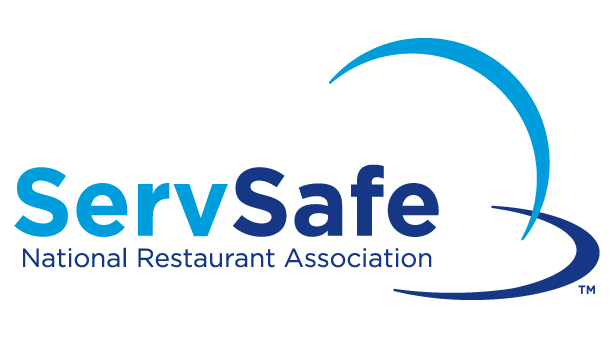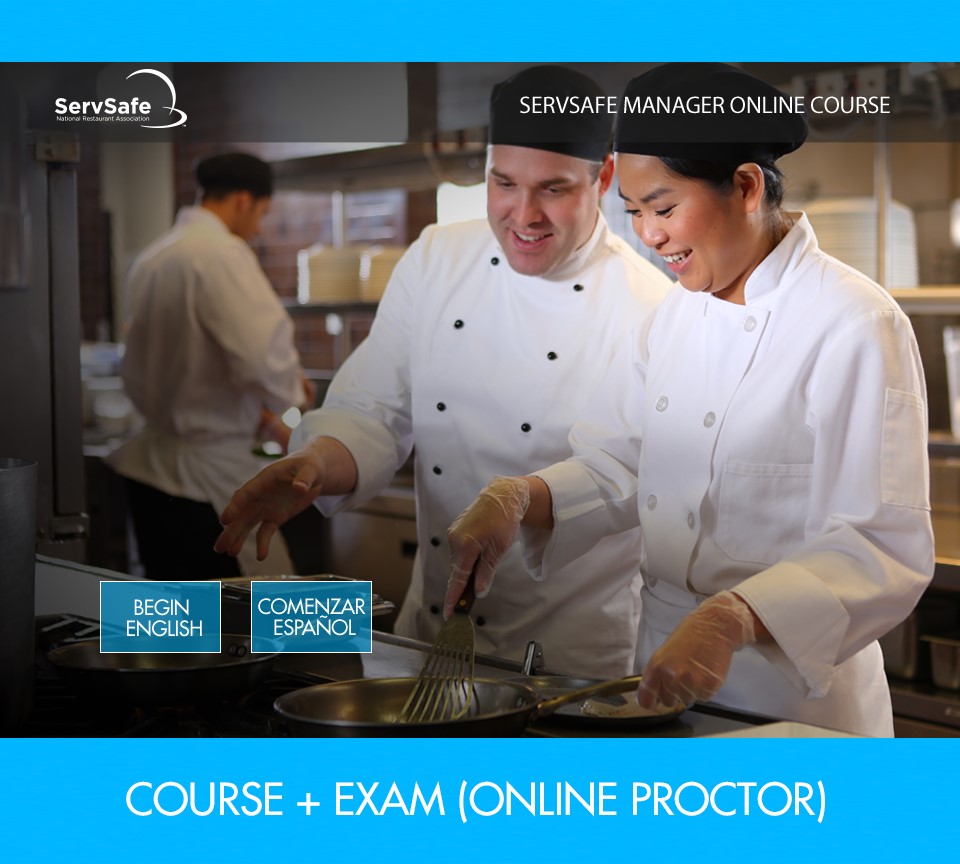Recognizing the Duty of a ServSafe Food Handler in Ensuring Food Safety Requirements
Recognizing the Duty of a ServSafe Food Handler in Ensuring Food Safety Requirements
Blog Article
Comprehensive Food Handlers Educating for Health and Safety
In today's swiftly progressing food service landscape, comprehensive food trainers training has emerged as a critical part for guaranteeing hygiene and safety and security. By instilling vital practices connected to hand hygiene, food storage, and cleanliness, this training not only minimizes the danger of foodborne illnesses yet also enhances compliance with governing requirements.
Value of Food Safety Training

Furthermore, food safety and security training helps to guarantee that staff members understand present laws and guidelines, which are vital for keeping operational licenses and avoiding expensive fines. Normal training sessions also function as a system for enhancing ideal practices, thus minimizing the chance of human error, which typically acts as a leading root cause of food contamination.
In addition, buying food safety training can enhance an establishment's credibility, as clients progressively focus on eating experiences that show high security standards. Such proactive steps not only safeguard consumers however likewise add to the long-lasting success of food services. In recap, detailed food security training is a crucial component of food solution procedures, straight affecting both public health and wellness and company sustainability.
Secret Principles of Hygiene
Keeping high criteria of health is necessary in any type of food managing environment to avoid contamination and guarantee the safety of customers. The vital concepts of hygiene encompass numerous important methods that food handlers must continually use.
First, hand hygiene is paramount; food trainers must wash their hands thoroughly with soap and water prior to and after dealing with food, as well as after making use of the bathroom or touching any possibly polluted surfaces. Devices and surface areas need to be routinely cleansed and sterilized to remove microorganisms. This consists of utensils, reducing boards, and counter tops, which need to be preserved in a tidy condition.


Proper food storage space is likewise vital; raw foods must be stored independently from cooked or ready-to-eat things to avoid cross-contamination. servsafe. Furthermore, maintaining proper temperature level controls is critical; subject to spoiling products need to be kept at secure temperatures to prevent bacterial growth
Last but not least, personal hygiene can not be forgotten. Food handlers must wear clean garments, usage hair restraints, and stay clear of functioning when ill. By adhering to these crucial concepts of hygiene, food handlers can substantially reduce the danger of foodborne ailments and promote a safer eating experience for all customers.
Common Foodborne Diseases
Although lots of foodborne illnesses can be avoided with correct health and safe food handling practices, they remain a considerable public wellness problem. Foodborne pathogens can bring about a variety of diseases, ranging from moderate intestinal distress to extreme difficulties and even death.
Common foodborne diseases include salmonellosis, brought on by Salmonella germs, commonly connected to undercooked fowl and eggs. An additional widespread ailment is listeriosis, connected with unpasteurized milk items and ready-to-eat meats, which can be specifically unsafe for immunocompromised people and expectant ladies. Norovirus, often acquired from polluted food or surfaces, is known for its rapid spread and capacity to create episodes in common settings.
Escherichia coli (E. coli) infection, notably related to undercooked ground beef and infected fruit and vegetables, can cause serious abdominal cramps and kidney failing sometimes. Furthermore, Clostridium perfringens, typically found in large amounts of food that are incorrectly kept, can cause gastrointestinal disorder with signs appearing shortly after intake.
Comprehending these diseases is crucial for food trainers, as understanding can considerably reduce the threat of contamination and secure public health. Proper education and learning and training are important components in combating foodborne conditions.
Best Practices for Food Handling
Reliable food managing practices are essential in stopping the spread of foodborne illnesses. To start with, appropriate hand health is vital; food handlers need to wash their hands completely with soap and water before and after managing food, especially raw meat or chicken - servsafe certifications. This simple action substantially reduces the danger of cross-contamination
Second of all, maintaining suitable food storage space temperatures is important. Subject to spoiling items must be saved at or below 40 ° F(4 ° C) to inhibit bacterial development. In addition, cooked foods ought to be maintained over 140 ° F(60 ° C) until served.
Third, making sure sanitation of surfaces and equipment is critical. Routinely sterilize counter tops, reducing boards, and tools, specifically after preparing raw foods. Use separate cutting boards for raw and ready-to-eat foods to additionally decrease contamination threats.
Additionally, when preparing food, it is essential to adhere to the concept of servsafe food handler "very first in, first out" (FIFO) to manage inventory effectively and decrease putridity. Finally, always read and stick to food labels for safe cooking temperature levels and taking care of guidelines. By implementing these ideal techniques, food handlers can considerably enhance food safety and security and secure public health.
Implementing a Safety And Security Culture
Creating a safety and security culture within a food handling setting is necessary for fostering a dedication to food security among all team member. This society highlights the importance of food safety and security as a shared duty, motivating staff members to prioritize health methods consistently.
To carry out a safety society, organizations must begin by supplying detailed training that addresses food handling procedures, potential dangers, and the significance of individual health. Training sessions need to be interactive and tailored to the certain roles of team member, guaranteeing importance and engagement.
Furthermore, management plays a vital duty in establishing this culture. Monitoring should model risk-free techniques and communicate the value of food safety and security routinely. Acknowledging and compensating workers that copyright security requirements can better reinforce these behaviors.
Furthermore, open interaction channels need to be developed, allowing staff to report security problems without anxiety of repercussion. Regular safety audits and comments sessions can assist determine locations for renovation and enhance liability.
Ultimately, cultivating a safety culture not only enhances conformity with food safety regulations but also protects public health, fosters employee spirits, and adds to the total success of the food taking care of facility.
Verdict
To conclude, comprehensive food trainers training plays a pivotal function in promoting health and security within food service establishments. By gearing up employees with important knowledge concerning food safety and security concepts, typical foodborne diseases, and best techniques for taking care of food, such training dramatically minimizes health and wellness risks. Furthermore, cultivating a culture of safety boosts the facility's credibility and aligns with customer expectations for high safety criteria, ultimately adding to public health and wellness protection and the total success of the food service industry.
In today's rapidly progressing food service landscape, detailed food handlers training has actually arised as an important component for making sure hygiene and security.Food safety training is vital for maintaining high requirements in food handling and prep work, with studies suggesting that correct training can decrease foodborne ailments by up to 30%. In summary, extensive food safety and security training is an important component of food service operations, straight influencing both public health and company sustainability.

Report this page